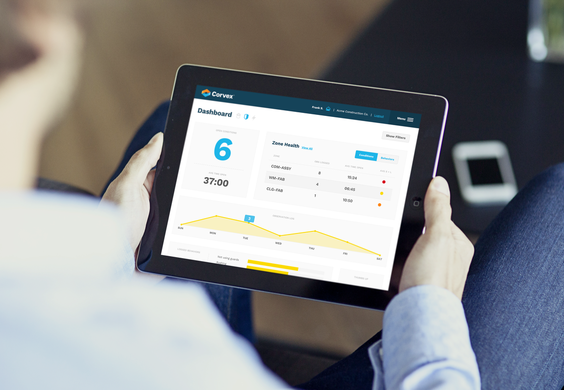 New technology means that building a safety community in the workplace has become easier. Smart PPE and passive sensors are connecting workers within their environments through the Internet of Things (IoT). Recent industry reports show not only a huge growth in the marketplace for sensors and other IoT-based devices, but also adoption within industries accelerating at a rapid pace. Adolescent technology is rapidly maturing
Safety is a priority, and management teams are tapping into the power of IoT. In fact, the market seems to speak for itself. Forbes has reported a predicted $300 billion growth in IoT over the next two years, with somewhere in the ballpark of 75 billion devices expected to be in peoples’ hands by 2025. It’s also becoming evident that IoT used for workplace safety is paying off. Although it's unclear how much of this can be attributed solely smart devices, Gallup has reported that engaged workplaces are statistically safer. What's really interesting to us is that the research firm doesn't think it's merely the result of greater employee monitoring capability. Gallup makes the point, as do we, that IoT technology is empowering workers to take safety into their own hands—literally. Worker engagement is really the power behind those numbers decreasing. The power of suggestion Connecting workers with a sense of control over their own well-being through IoT is both disruptive and potentially life-saving. Many workers are left wondering how is employee safety distrupted? The Corvex approach to worker safety recognizes the critical role engagement plays in maintaining a thriving workplace, robust employee relations, and unifying company safety goals and messages. The ergonomics and economics of safety IoT go hand-in-hand. Within the construction industry wireless sensors are helping workers reduce the incidence of back injuries. Devices are helping workers become more aware of their posture and movements, and providing suggestions for maintaining better ergonomics. Staying connected pays off We know that reductions in accident and injury rates translate into reduced costs for the organization. In the United States, where roughly $250 billion in costs result from work injuries, protecting workers more effectively reduces costs over the long term as well as protecting worker health. IoT helps provide access to real-time information that allows for more defined points of prevention, and predicts potential threats before they happen. As Ted Smith, President and CEO of Corvex points out, “Advancements in sensor technologies and IoT infrastructure have opened the door to obtaining real-time data at the point of safety –- the worker. Safety happens in real time, and the data we use to prevent injuries should reflecting what's happening now, not what happened last week." Comments are closed.
|

